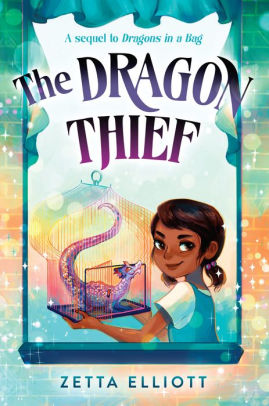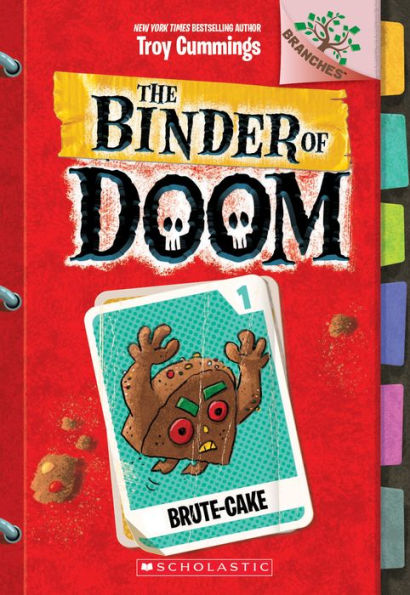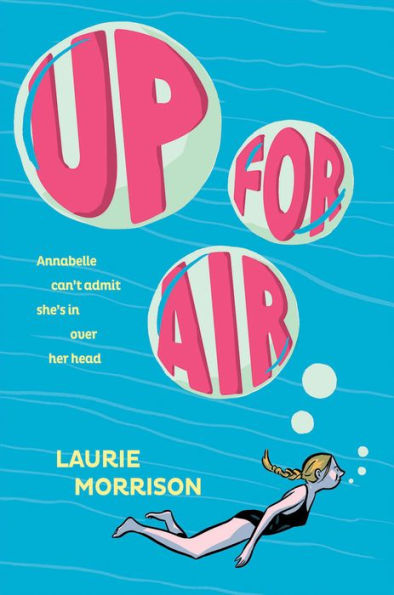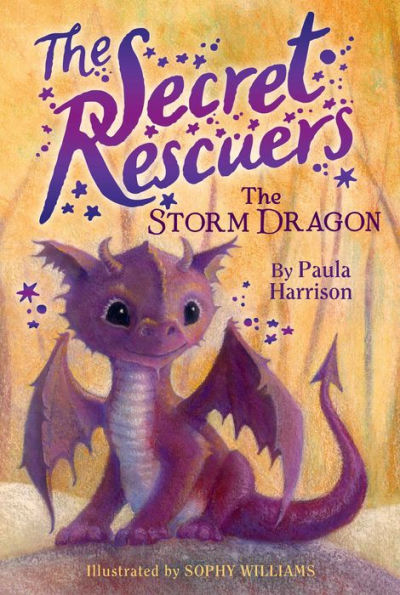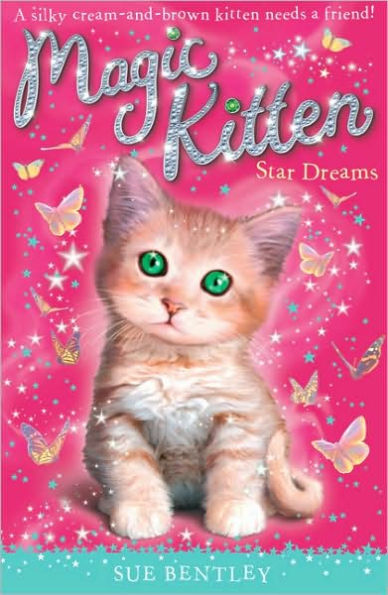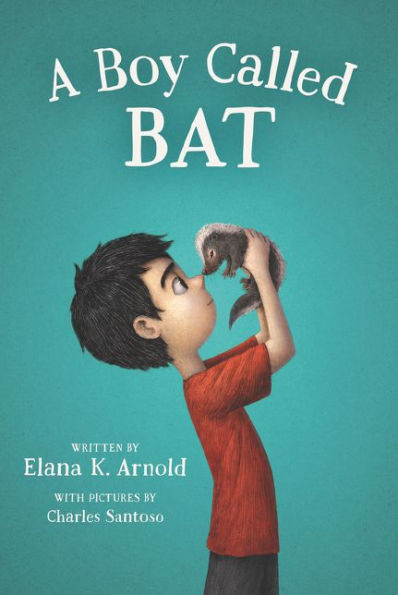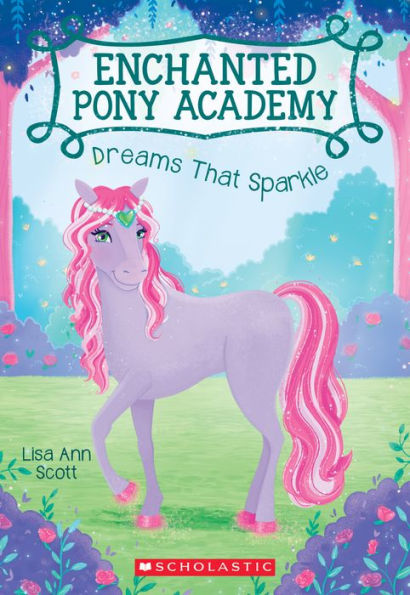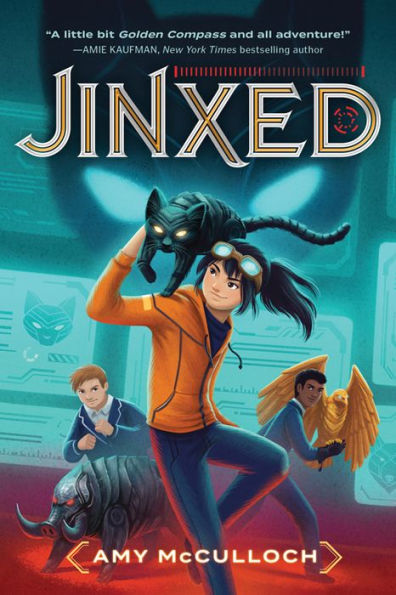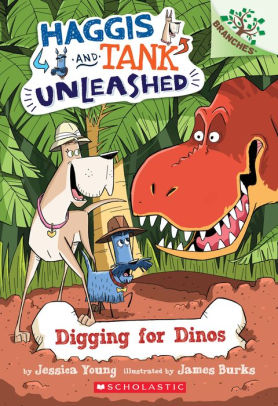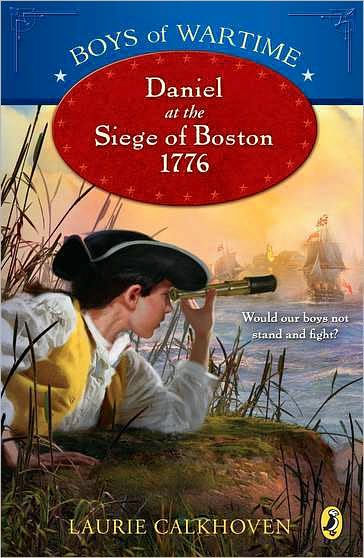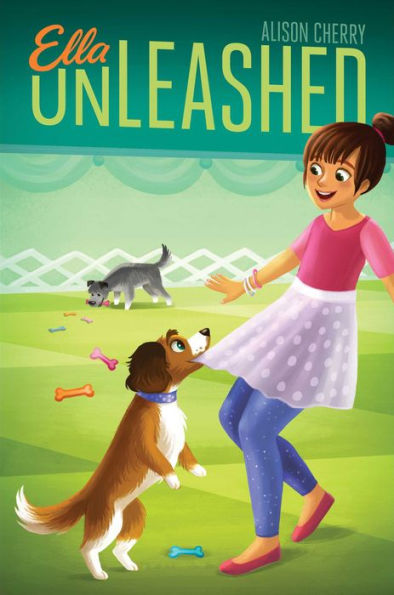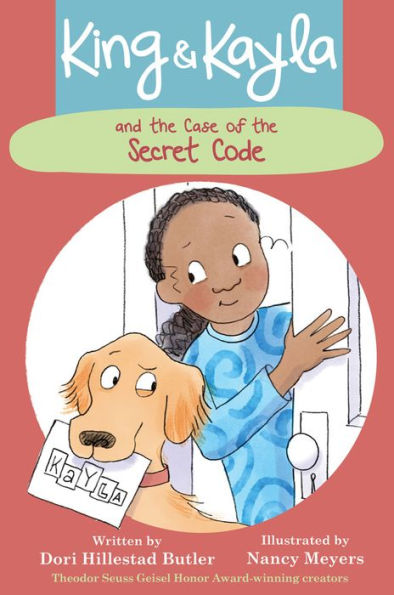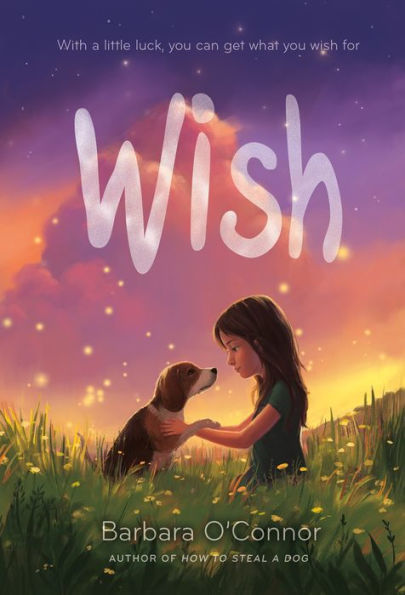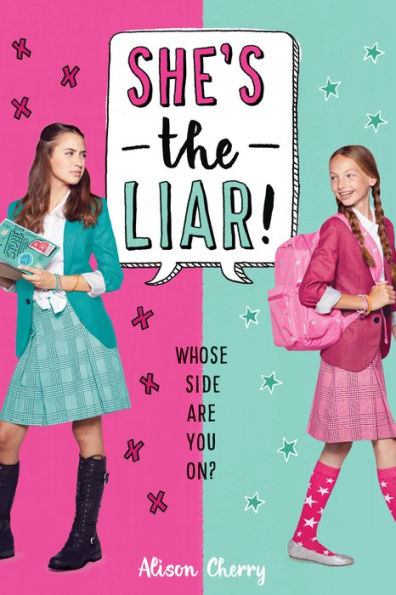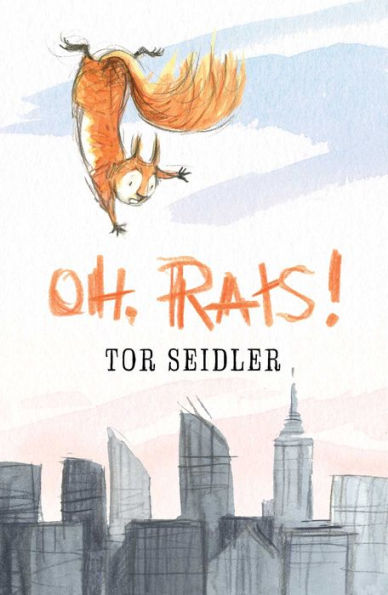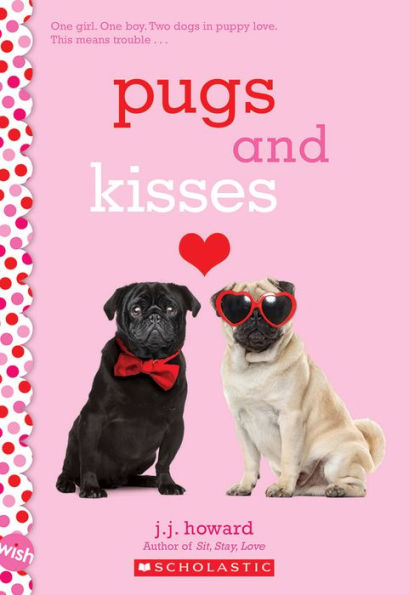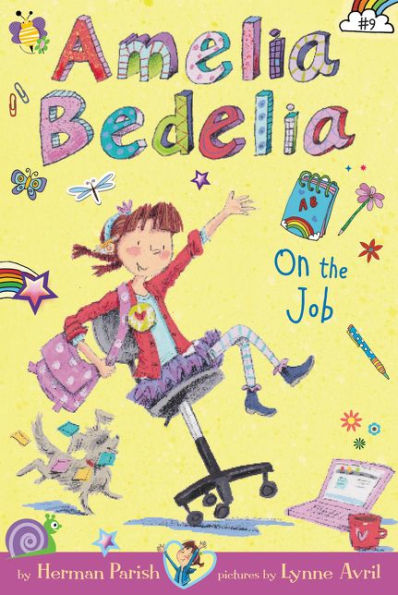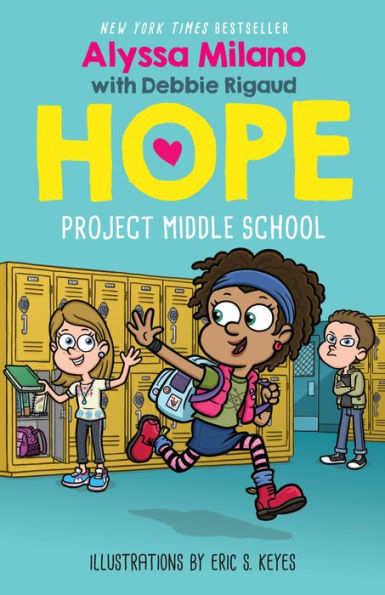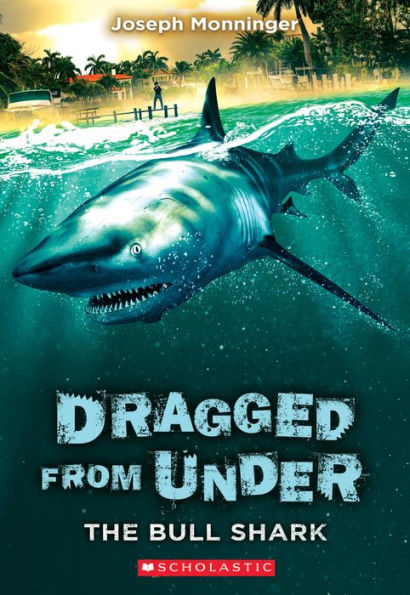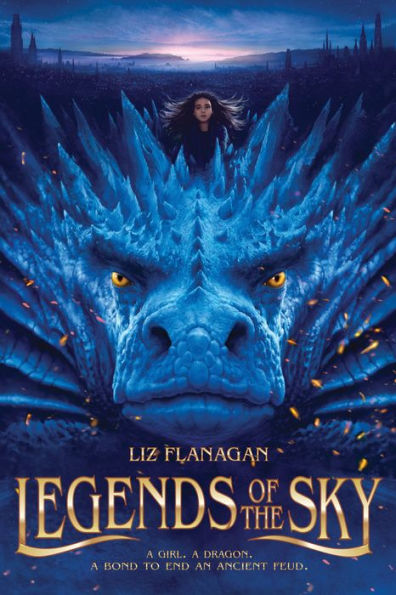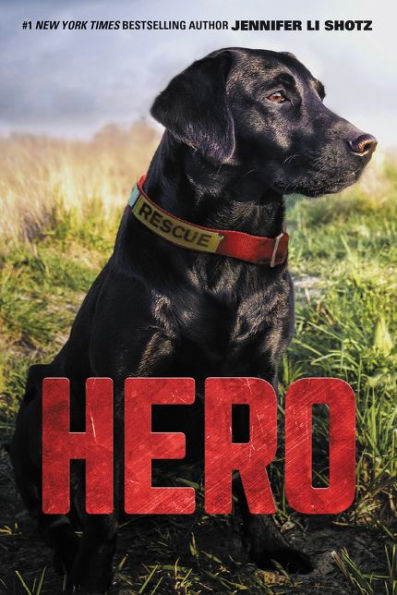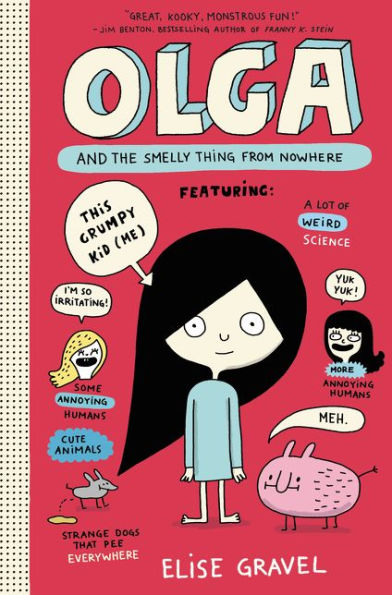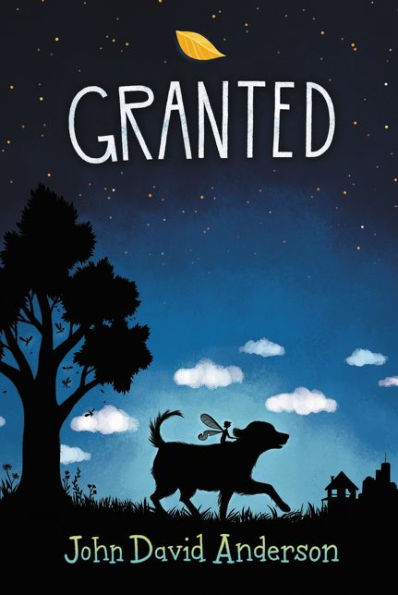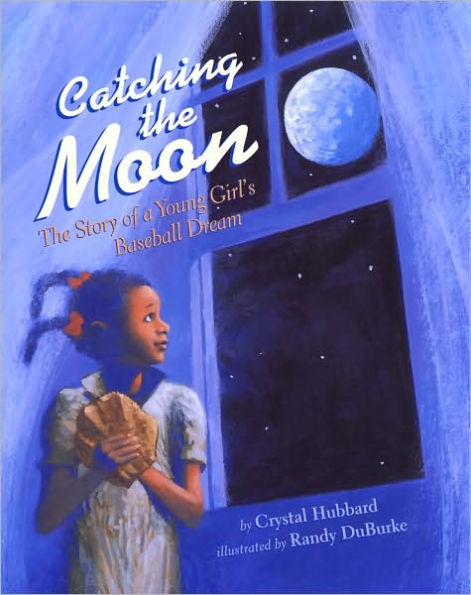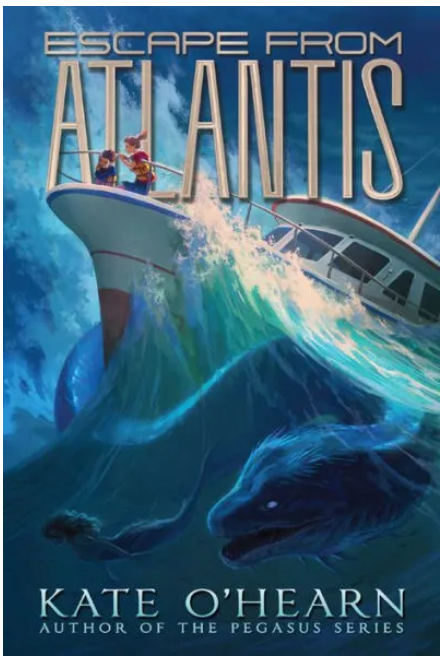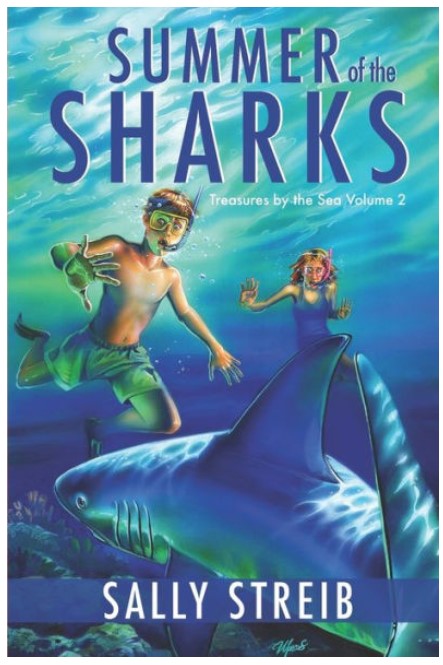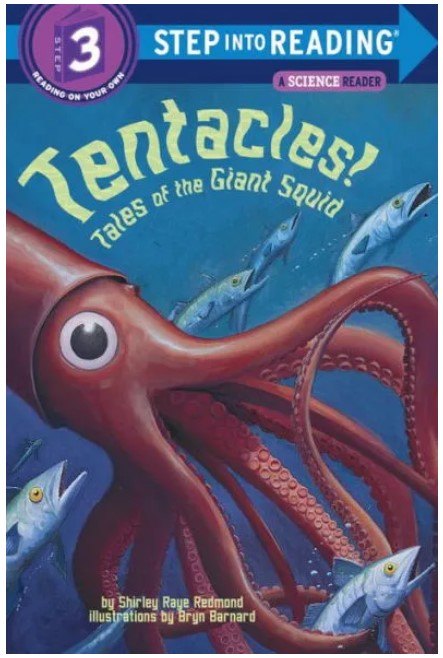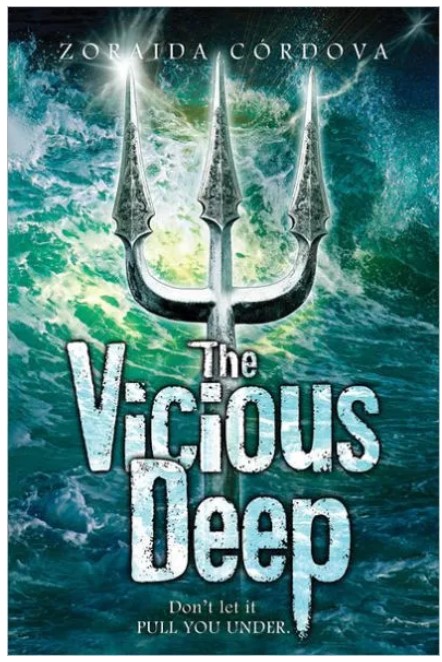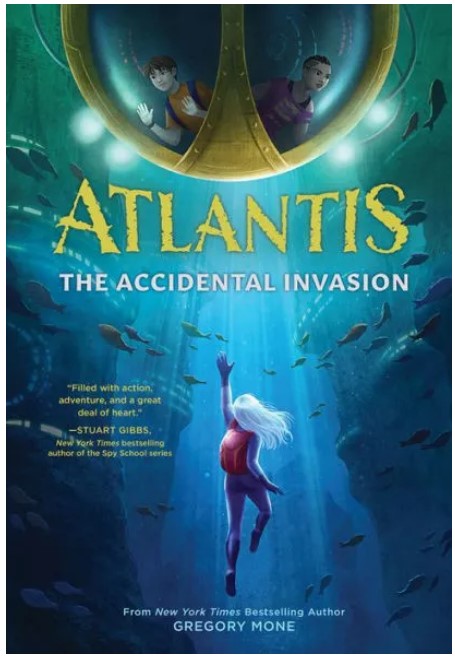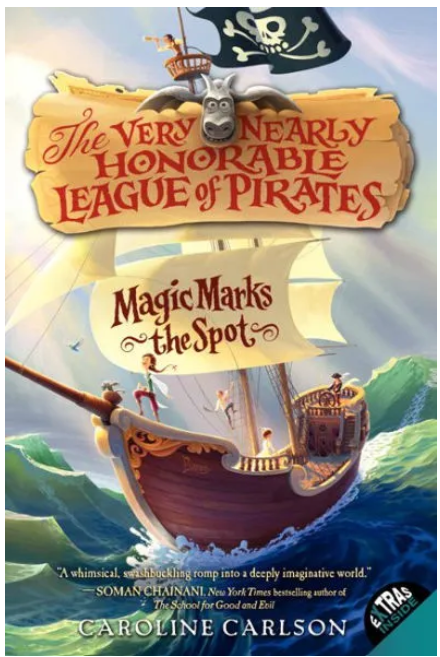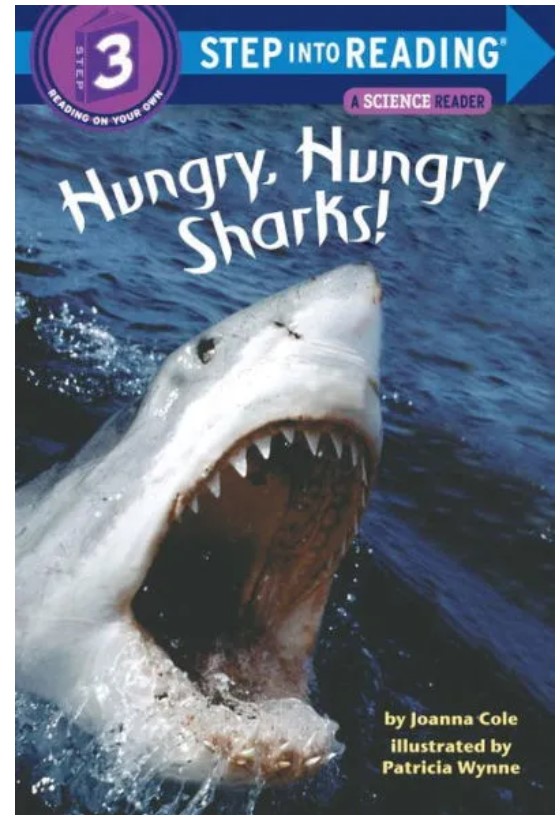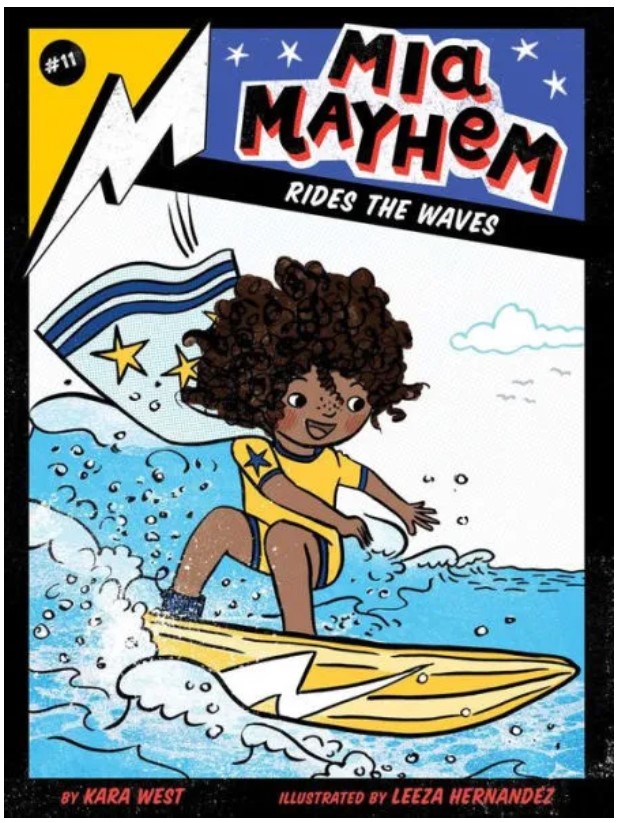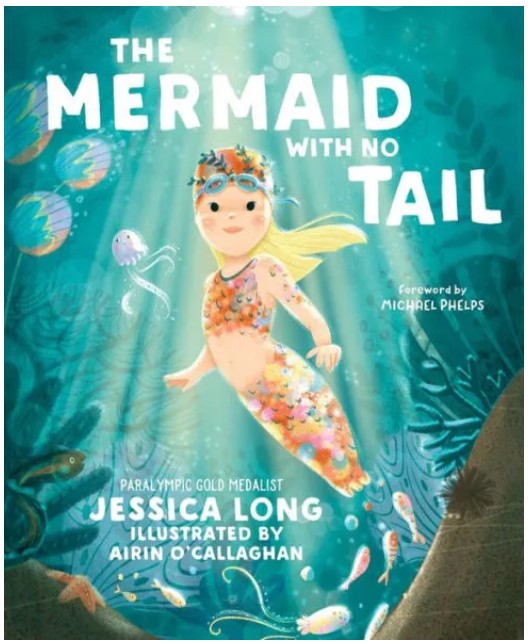Jaxon had just one job—to return three baby dragons to the realm of magic. When he got there, only two dragons were left in the bag. His best friend’s sister, Kavita, is a dragon thief!
Kavita only wanted what was best for the baby dragon. Now every time she feeds it, the dragon grows and grows! How can she possibly keep it secret? Even worse, stealing the dragon has upset the balance between the worlds, and the gates to the other realm have shut tight! Jaxon needs all the help he can get to find Kavita, outsmart a trickster named Blue, and return the baby dragon to its true home.
The sequel to Dragons in a Bag continues Jaxon’s story; however, many of the characters from the first book only make a very brief appearance. Instead, The Dragon Thief jumps back and forth between Jaxon’s and Kavita’s points of view. Jaxon and Kavita both want to return the dragon to the realm of magic, but they don’t work together until the very end. Much of the story focuses on both Jaxon and Kavita trying to figure out how to return the dragon. With talking animals, magic, and a cast of helpful characters, the story has many interesting elements.
Readers may be disappointed that the dragon rarely appears in the story. However, several new characters add interest to the story. Jaxon meets a feisty fairy and gains the help of a classmate. At one point Jaxon thinks, “A week ago, a talking pigeon would have freaked me out. But over the past few days, I’ve encountered a very determined squirrel, actual dinosaurs, a talking rat, and three baby dragons. I’ve learned to take it all in stride.”
The Dragon Thief hints at some important themes, but they are undeveloped. Several times the story mentions slavery and freedom, but the information is not integrated into the story and seems random. Jaxon’s family only appears at the end of the story, but he thinks, “This is my family. Sure, we’re different from other families. Ma’s a witch, and I’m her apprentice. Mama’s a widow, and Trub’s reformed thief. We’ve all made mistakes—big and small—but we stick together because that’s what you do when you love someone.”
The Dragon Thief has some interesting elements, but the undeveloped plot will leave readers with many questions. One positive aspect of the story is that both Jaxon and Kavita are diverse characters who want what’s best for the dragon. Overall, The Dragon Thief has enough mystery and magic to interest fantasy fans, but the abrupt ending and the many characters may confuse some readers.
Sexual Content
- None
Violence
- None
Drugs and Alcohol
- At the end of the story, Ma tells Jaxon, “Then let’s get this party started boy! Bring me a beer!” Ma means a root beer, but readers won’t know that unless they’ve read the first book in the series.”
Language
- As Jaxon is walking in a park, he almost steps on “a pile of dog crap.”
- Kavita’s brother tells his friend that Kavita is a brat and a “pain in the butt.”
- A boy tells Jaxon that “a lot of kids at our school are jerks.” Later, the same boy says Blue is a jerk.
- While looking for Blue, Jaxon asks a rat for help. The rat tells Jaxon, “Blue’s a nasty piece of work. Trash, really…He hasn’t got a selfless bone in his freaky blue body.”
- A boy calls Blue a creep.
- Three times, someone calls the trickster Blue a fool.
- Blue calls Jaxon and his friends “rotten brats.”
Supernatural
- Ma is a witch who can travel to another dimension where magic exists.
- Kavita and Aunty go to see Bejan, an astrologer and psychic. Bejan explains, “Jyotisha, or the science of light, involves the study of the stars and planets.” Bejan uses a dragon’s birthday to give Kavita and Aunty advice.
- Jaxon can talk to animals.
- Jeff, a fairy, “raises his arms once more, but this time when he lowers them, a circle of blue light appears. It’s as if the fairy traced a bubble in the air and then willed it into existence.” The bubble allows Jaxon to talk to someone who is in another dimension.
- Blue takes animals from another dimension and turns them into tattoos. Blue explains, “These are my guests… We share space and show respect… Real tattoos are permanent, but these…are just temporary.” Later, Blue’s tattoos are taken away. “We see movement beneath his clothing and hear a faint clamor as Sis extracts the creatures tattooed on Blue’s skin. One by one the mermaid, parrot, sea serpent, unicorn, and others peel off and float toward Sis. Still in miniature, the creatures huddle together and are soon encased in a clear spear that forms above Sis’s outstretched palm.” The creatures are taken back to the realm of magic.
- Blue uses the tattoos to give him power. He creates “potions, spells, curses, and hexes. Everything humans most desire—love, wealth, revenge, success. Put it in a bottle and slap on a price tag.”
- A dragon appears and then changes into a “human form.”
- Jaxon is given a potion that will wake up Ma. He is instructed to put three drops in a glass of water “before the moon wanes.” When Ma drinks the potion, she awakens.
- In order to transport the dragon to the proper diminution, “Sis points at the creature and draws a circle around it once, twice, and by the third time another elastic sphere has formed. Unlike Blue’s tattoos, however, the dragon doesn’t accept its fate. It whines and claws against the sphere, but to no avail.”
Spiritual Content
- None
